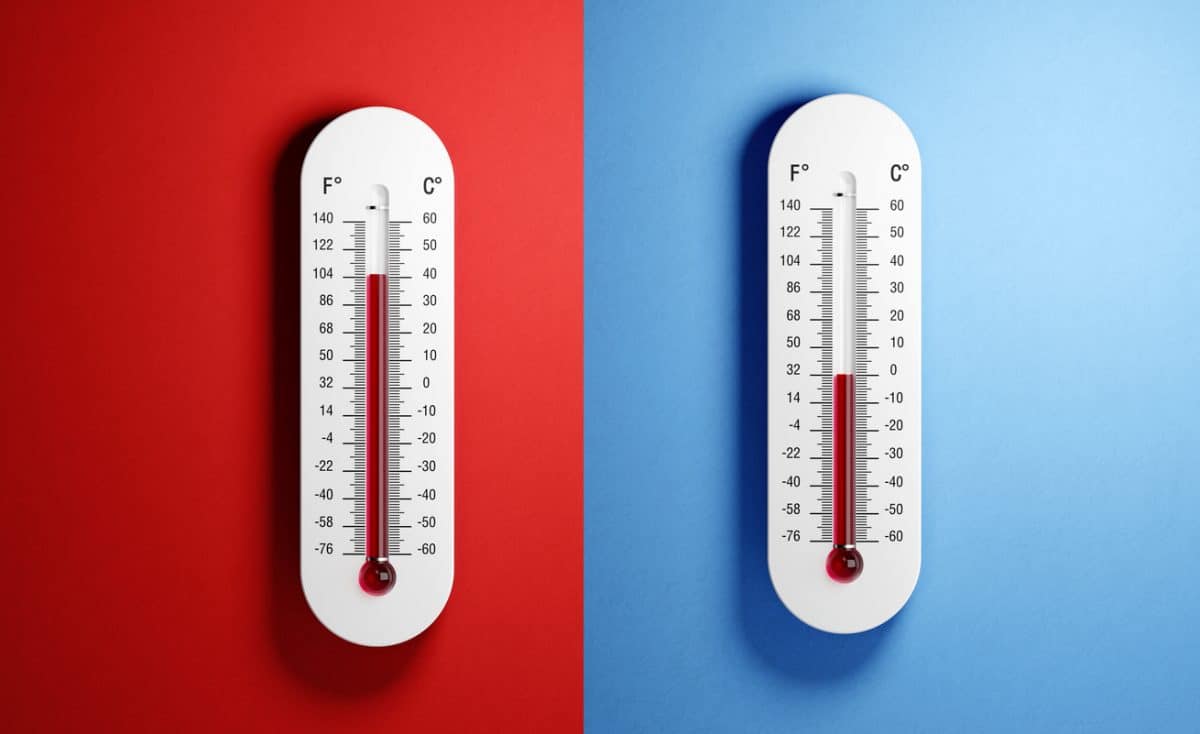Spring or fall offers the best weather conditions and mild temperatures for redimix concrete pouring. Although, pouring concrete in the summer heat or the bitter cold of winter’s elements is not unheard of. Cold or hot temperatures come with their own set of rules. Additional measures must take place to address temperamental weather conditions. At Stouffville Mobile Redimix, we believe concrete pouring can be accomplished no matter the season with the right concrete pouring professionals by your side.
The effects of cold temperatures on redimix concrete
Redimix concrete can be poured in colder temperatures. However, concrete pouring professionals must adjust the process in order for the project to be considered successful. Without additional procedures, redimix concrete is subject to stress, contraction due to fluctuating temperatures, freezing, and delayed curing. All four issues contribute to cracking, permanent damage, and loss of compressive strength. Working with fluctuating temperatures is tricky. However, it will not inhibit project completion. Working with redimix concrete pouring professionals is an advantage. At Stouffville Mobile Redimix, our team has the expertise and is well equipped to work with various weather conditions and temperatures. When planning or designing your redimix concrete project, contact our team, and we will offer the best advice for your particular project.
Solution
Once the temperature drops, there are a few ways in which concrete pouring professionals handle each project. According to industry guidelines, any temperature fluctuations from 50C and below is considered cold weather concreting. Suppose the weather should fall to -40° degrees for three consecutive days. In that case, this is a clear indication that extra precaution needs to occur. Materials may include heaters, hot sand, insulation blankets, or steamers to combat the weather elements. It is essential that the foundation is free from snow or ice and is not frozen solid. Concrete pouring professionals will choose the method depending on the depth of the frozen ground. Alternatively, heating aggregates, hot water added to the mix, or chemical accelerators are a few conventional methods when faced with colder temperatures.
The effects of hot temperatures on redimix concrete
Hot weather, solar radiation, humidity, and wind can affect concrete pouring as well. The effects are similar to cold temperature pouring. The main difference is that hot temperatures accelerate the setting process. Hot temperatures can also contribute to slump loss, air content, moisture loss, and increased cement hydration. The result is reduced durability, shrinkage, thermal cracking, and decreased strength. Therefore, creating abnormalities with the finished product.
Solution
In order to combat high temperatures, it is best to either schedule the project on a cooler day or plan concrete pouring for early morning as opposed to midday when the sun and temperature are at the highest point. It is recommended to spray your newly poured redimix concrete with water. The method is known as moist curing. This method is significantly helpful during warmer temperatures as it can slow down evaporation.
If there are concerns about which projects can or can not be done, always contact the concrete pouring professionals. Our team at Stouffville Mobile Redimix has all the answers. We will provide the best advice to ensure concrete pouring can be a successful winter or summer project.

